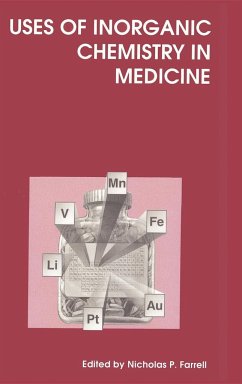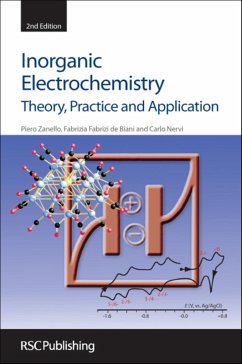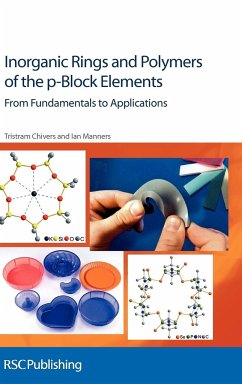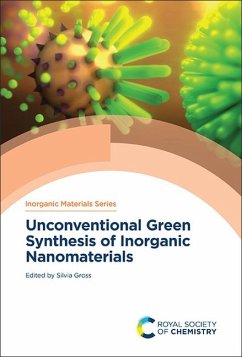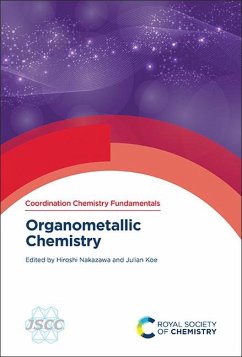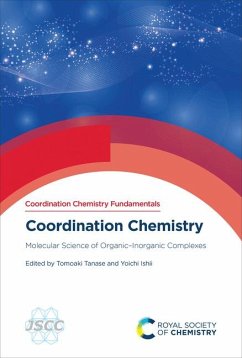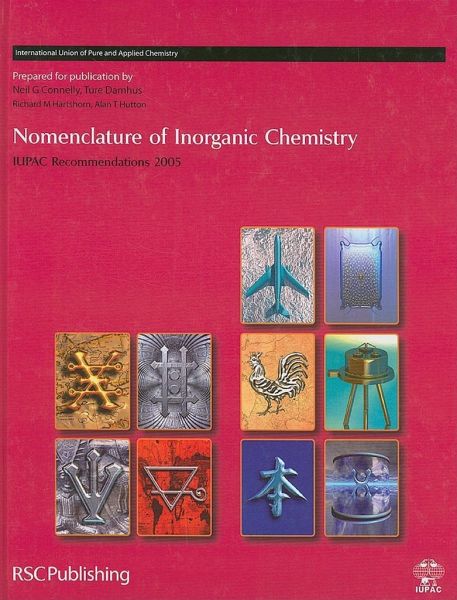
Nomenclature of Inorganic Chemistry
Iupac Recommendations 2005
Herausgeber: Connelly, Neil G; Hutton, Alan T; Hartshorn, Richard M; Damhus, Ture
Versandkostenfrei!
Versandfertig in über 4 Wochen
64,99 €
inkl. MwSt.

PAYBACK Punkte
32 °P sammeln!
The Rules of Inorganic Nomenclature (the 'Red Book'), first published in 1958 by the International Union of Pure and Applied Chemistry (IUPAC), was most recently updated as Nomenclature of Inorganic Chemistry 1990. This new edition of the Red Book clarifies and updates recommendations concerning the names and formulae of inorganic compounds and reflects major recent developments in inorganic chemistry. Moreover, it presents recommendations fully consistent with the principles of the nomenclature of organic chemistry. In order to choose the most appropriate of the various nomenclature systems d...
The Rules of Inorganic Nomenclature (the 'Red Book'), first published in 1958 by the International Union of Pure and Applied Chemistry (IUPAC), was most recently updated as Nomenclature of Inorganic Chemistry 1990. This new edition of the Red Book clarifies and updates recommendations concerning the names and formulae of inorganic compounds and reflects major recent developments in inorganic chemistry. Moreover, it presents recommendations fully consistent with the principles of the nomenclature of organic chemistry. In order to choose the most appropriate of the various nomenclature systems described, a flowchart is provided to guide the reader to a section or chapter where rules can be found for a particular type of compound or species. Copious examples are supplemented by an extensive subject index.




